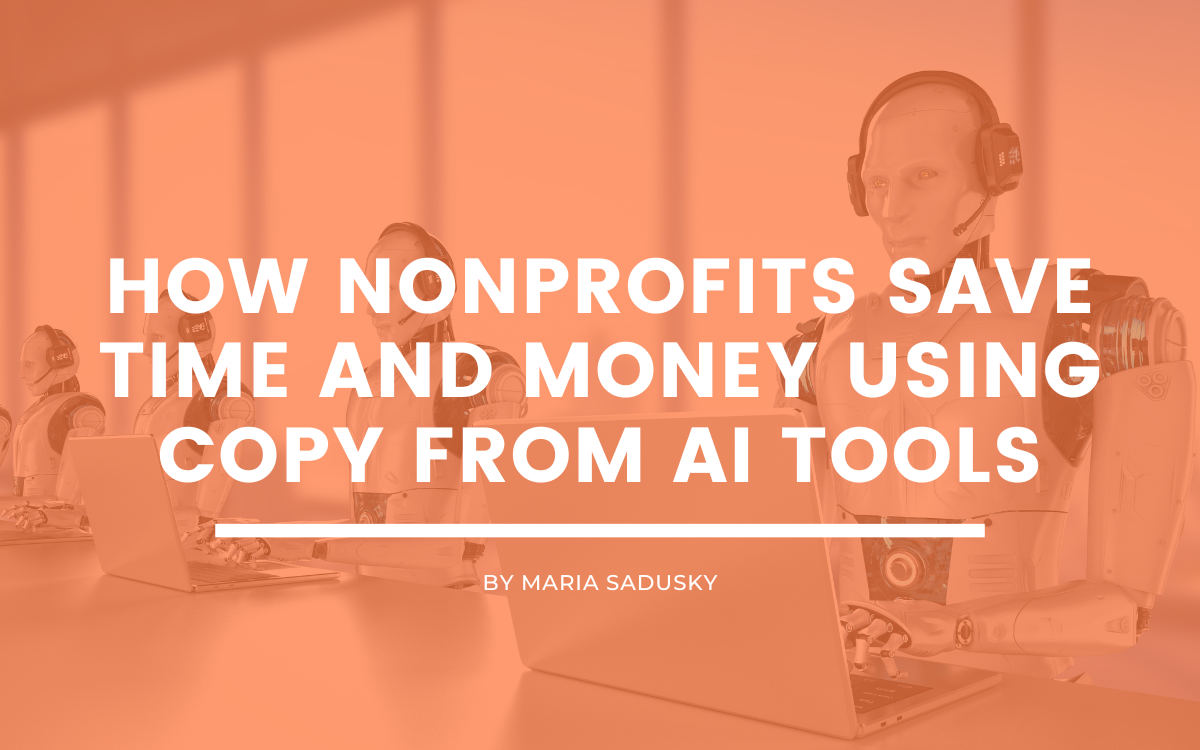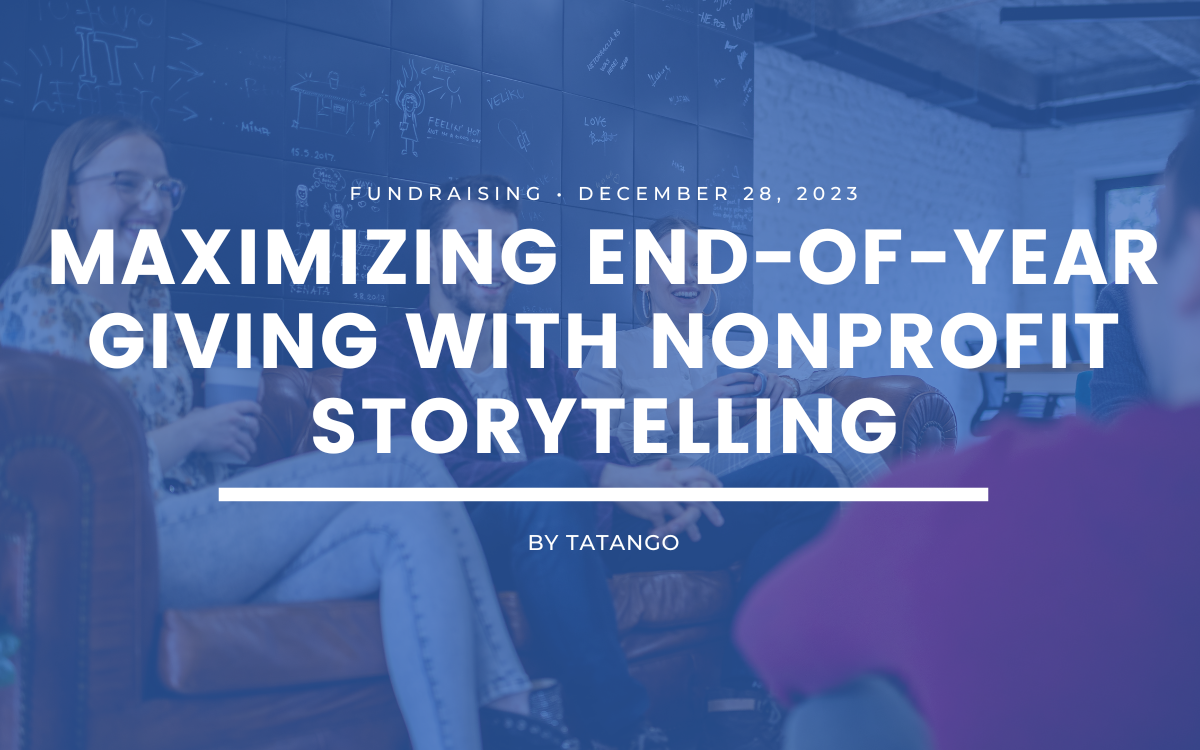How to Explain the Importance of Social Media to Your Nonprofit Board
2 min to read ✭ Social media is an important platform to utilize in order to broaden your nonprofit's reach and grow its audience, but not everybody thinks so. We're sharing some tips on how to explain the importance of social media to your nonprofit's board of directors for modernizing your digital marketing strategy.
If you’re a nonprofit leader who’s in charge of your organization’s marketing strategy and overall profit goals, it’s necessary that you stay in the know about what the latest trends are in successful giving campaigns and optimal brand building techniques. Recent data clearly shows that social media is the key to making an impact in the nonprofit sector. It’s essential to share this data with your nonprofit board in order to invest your budget wisely, stay relevant with Millennial and Gen X donors, and ultimately, see a higher return on investment (ROI).
Read the Data
The 2018 Global Giving Trends in Giving Report shown above is divided by generations—Millennial, Gen X, and Baby Boomer donors. Underneath each generation of donors, you can see the different options for donation, which include social media, email, website, and direct mail/post. Percentages are given for each category to represent how “inspired” each generation was to donate using the given donation option. Social media was the leading category for both Millennial donors (39%) and Gen X donors (33%). Social media came in second for Baby Boomer donors (19%) behind email (33%). These numbers show a significant trend in social media use for the purpose of nonprofit giving.
How to Present the Data to Your Board
Presenting this data to your nonprofit board should give them strong proof that their money needs to be allocated towards social media marketing because this is where supporters are inspired to give. Aside from the data, make it clear to the board that social media is about a long-term relationship and reward. Instead of a direct mail piece that gets thrown away or an email that gets deleted, a social media connection lasts forever.
There are some added benefits to social media as well, which can allow your budget to spread further than you think. Because of the interactive nature of social media, supporters can share your posts with friends, interact with your organization directly, and feel like they are a part of something bigger than themselves. Inspiring videos, live webcams, and constant conversations make the social media relationship much more meaningful than any other marketing tactic. Explain to your nonprofit board that a higher ROI may not be seen immediately from social media, but the process is worth it. Without a solid social media presence, your organization will undoubtedly lose profits within the next decade as direct mail and email continue to fall behind.
Create a Bond
With social media, you’re creating a lasting bond with your supporters. It’s about generating brand awareness, building trust, providing value, and telling a story. This fits well with the nonprofit sector because nonprofit organizations need more than just a flier to inspire people. Social media opens up that opportunity and shows supporters that you care about them in the same way that they care about you. With patience, your brand will develop a following and ultimately see immense growth through a strong social media presence.




